Well-crafted restaurant dishes, the food we try on vacation to remember long after, our granny’s signature holiday dish we crave every year, they all have one thing in common – the perfect combination of flavors that make them become our favorites – the bliss point. Curious to learn how to crack the code? In this article, I’ll attempt to break it down for you, so keep reading.
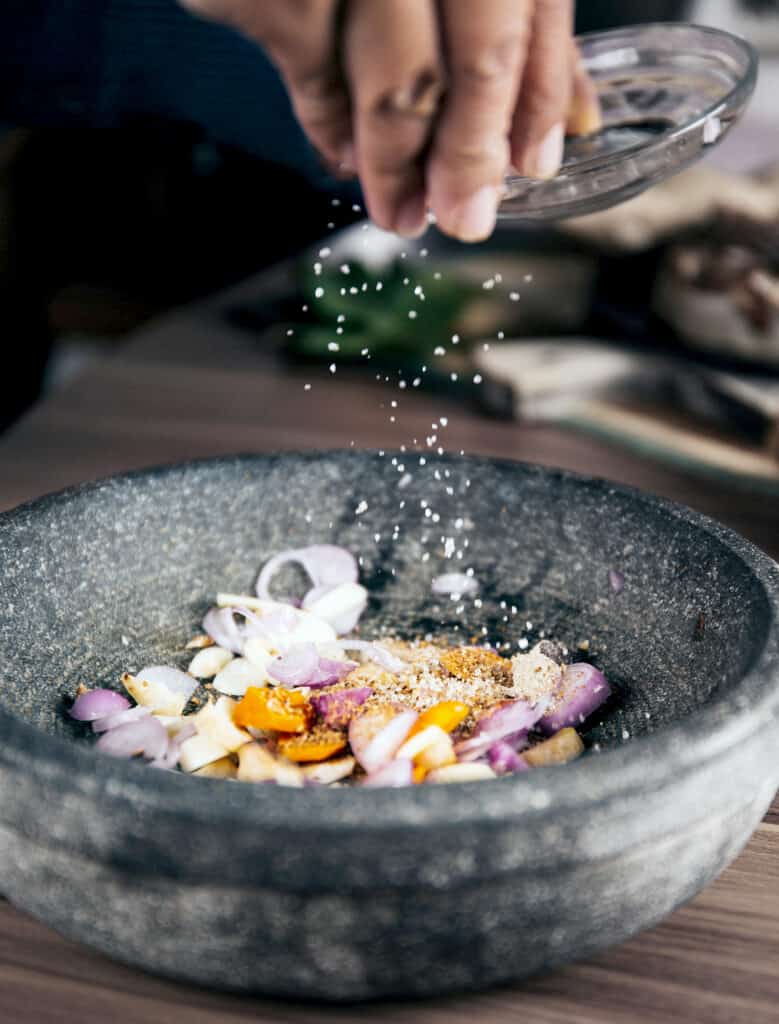
Over 30 years of my cooking journey (starting when I was 7), I’ve learned and tested key cooking principles to follow to gain confidence and control over your process, regardless of whether you are a seasoned cook or doing it for the first time. Reflecting on my early cooking experiences, I’ve made a ton of mistakes, and I totally get it – making complex, unfamiliar dishes may seem daunting or even scary for the first time, especially because you aren’t sure how to spot and correct mistakes before it’s too late. So I’ve put together a guide based on my own experience and mistakes I made and learned from, so you don’t have to!
Harmony is key
The one thing you should aim for in any cooking attempt is harmony: ensuring that every element in your dish complements each other without overpowering the taste buds. Achieve this, and you’re 90% of the way to success, with room for endless improvement and personalization.
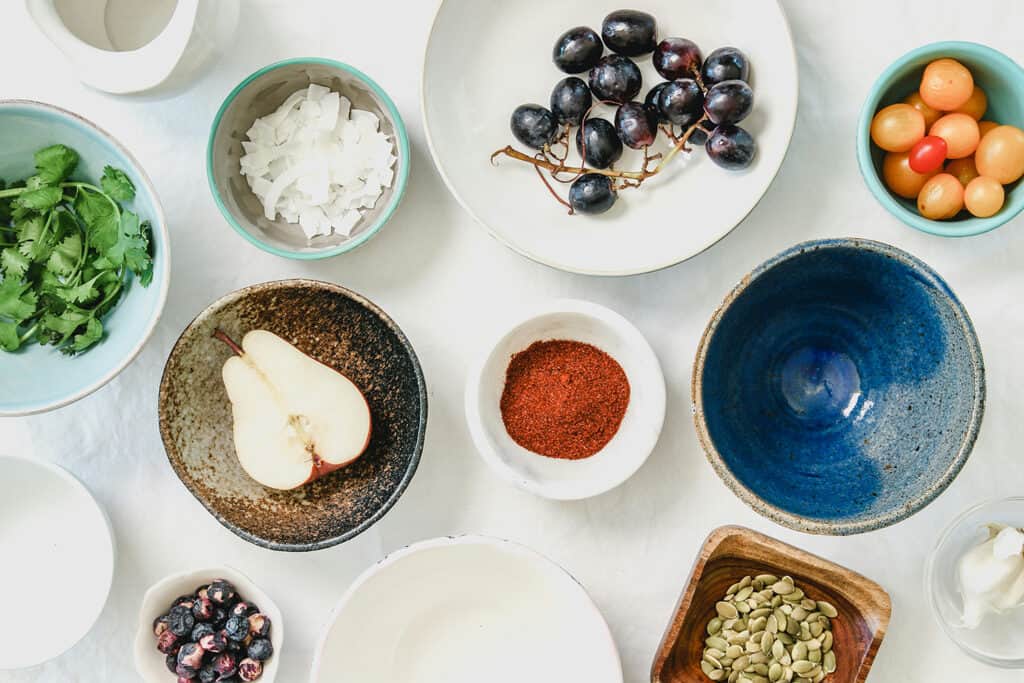
Harmony of flavors is crucial in cooking, transforming good ingredients into memorable dishes. Understanding how to balance and combine tastes is essential, particularly when experimenting with new recipes. Here are essential tips for creating balanced, flavorful dishes.
4 Main principles to follow
- Ensure taste harmony and avoid overwhelming the palate.
- Be cautious of different textures and cooking times.
- Befriend with herbs and spices.
- Be aware of cultural flavor profiles.
1. Balance the Tastes
Successful cooking hinges on the balanced interaction of flavors, particularly salty, sweet, and sour. If a dish tastes off, it’s likely due to an imbalance of these tastes.
To master this principle, first mentally group the ingredients according to the five primary strong tastes by identifying their accents: sweet, salty, sour, bitter, and umami. Ingredients with strong, single tastes, like sugar (sweet) or lemon juice (sour), often need balancing with contrasting flavors for harmony.
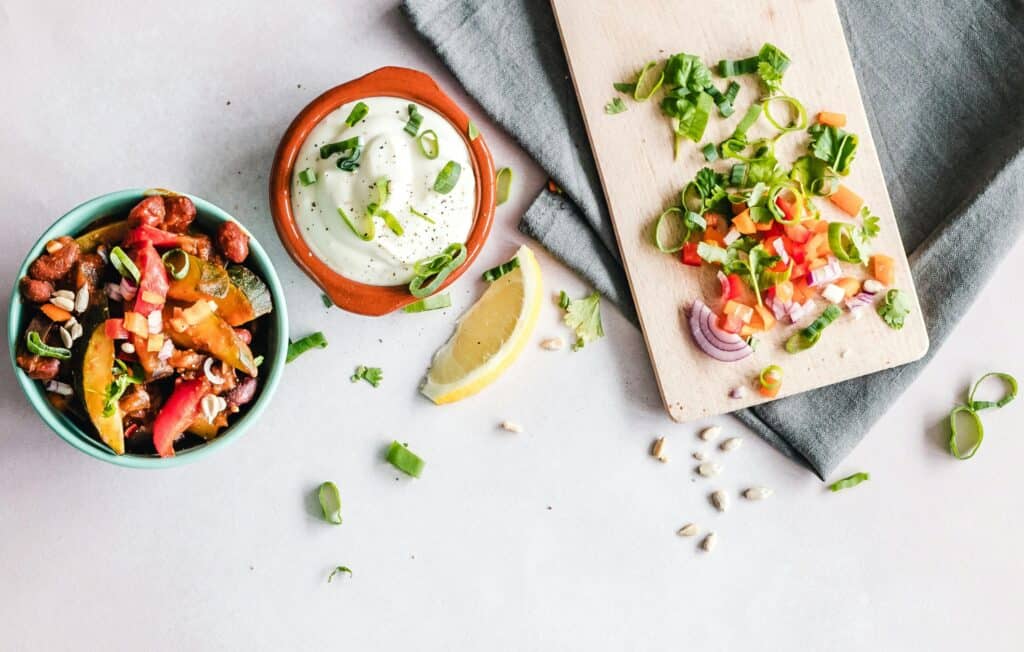
Identify the taste or combination (e.g., sweet and sour) you aim to highlight in your dish. Here’s how to balance key taste contrasts:
– Sweet vs. Savory: Prevent overly sweet dishes by pairing sweet ingredients with savory ones, like honey-glazed chicken.
– Salty vs. Sweet: A pinch of salt can balance and enhance sweetness, like salt on caramel.
– Sour vs. Sweet: Combine sour and sweet elements for balance, such as lemon juice in sweet and sour sauce.
– Bitter vs. Sweet/Savory: Use bitter tastes sparingly, balancing them with sweet or umami elements, like bitter greens in a pasta dish.
– Umami: Add depth with umami-rich ingredients, such as soy sauce or Parmesan.
About midway through cooking, taste and identify the dominant and lacking tastes gradually, and adjust as you go, if needed, akin to tuning a guitar. If you slightly overdo one ingredient, adjust others accordingly. Adding tastes gradually helps prevent overpowering a dish. Try this approach and see if it enhances your cooking.
2. Balance Textures and Cooking Times
Textures play a crucial role in cooking too, as contrasting textures can either enhance or disqualify a dish, depending on the context. For instance, adding crispy elements like pickles and lettuce to a juicy burger creates a delightful contrast, creating this bursting flavor in each bite. In a classical soup, however, unevenly cooked ingredients leading to unexpected crispy bites can be unpleasant.
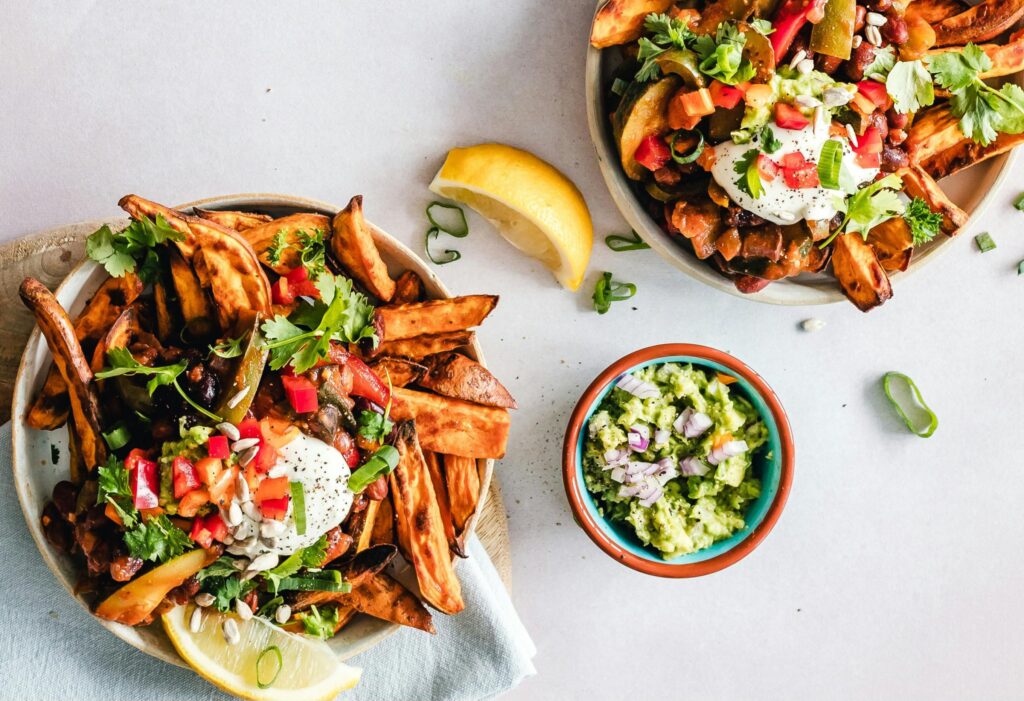
The takeaway? Combining raw and cooked, smooth and crispy ingredients works well in a salad or a sandwich (i.e. when serving separately), but in one-pot dishes, uniform cooking is key to harmony. To achieve this, pay attention to cooking times and add ingredients in order of longest to shortest cooking time. This ensures all elements are perfectly cooked at the same time, resulting in a balanced and enjoyable dish.
3. Friend with herbs and spices
Treat the seasoning, herbs, and spices seriously, equally to how you would treat other main ingredients, like meat, fish or vegetables. Think of them as supporting characters in the play because this is what they are, and keep in mind that those supporting characters are often the ones who end up winning Oskars.
A lot of dishes in the world rely on certain herbs and spice blends as their signature identifier, so in your cooking attempts, make sure you have all the right ones in place and apply them with a good level of generosity as some dishes don’t have room for compromise. Shakshuka could serve as a great example – if, on occasion, I don’t have both smoked paprika and cumin among my spices – I simply don’t make it. That’s it, no exceptions. Otherwise, the dish will be anything but Shakshuka. And there are plenty of examples like that.
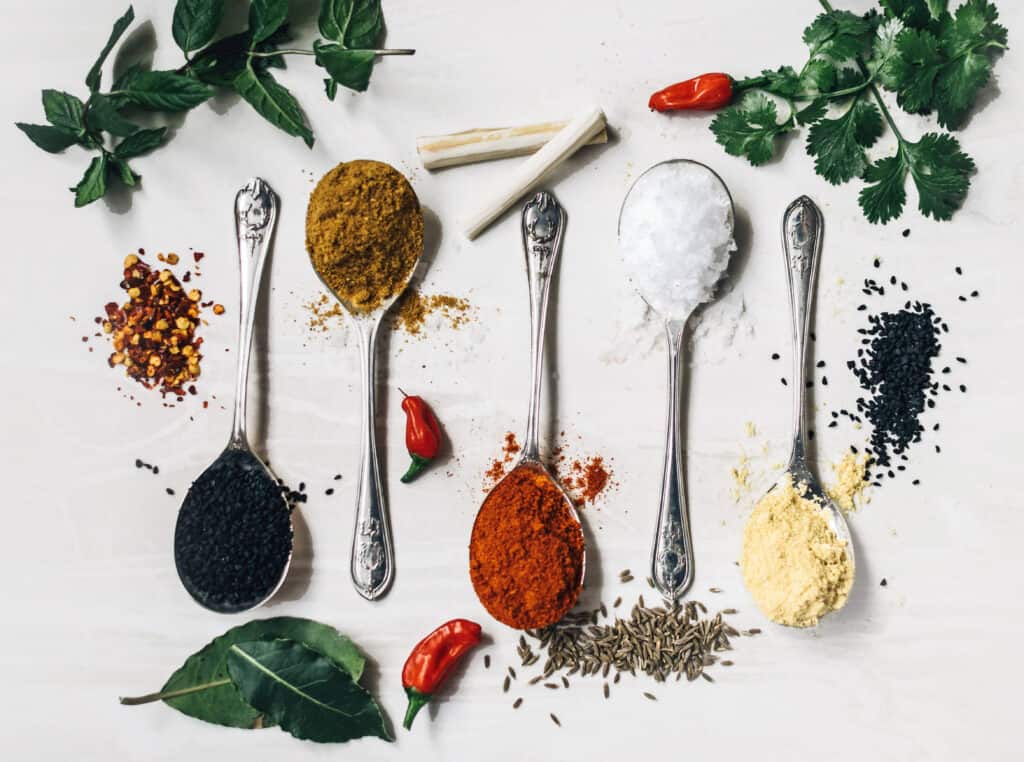
Apart from chillis and other hot paper, which may not be for everyone, do not be afraid to overdo herbs, but rather vice versa. If you are cautious of the unknown ones – just give them a try! Chances are, they’ll win your heart. If not – then maybe the recipe or even the cuisine overall is not for you. In this case, instead of omitting the spices, it is better just to switch the cooking direction towards a different cuisine until you find the seasoning you’ll fall in love with.
4. Be mindful of cultural flavor profiles.
Following the spices rule, it is not just the seasoning blends that distinguish world cuisines; there are plenty of other signature ingredients that are worth knowing about too. Here, doing a little research in your spare time is guaranteed to pay off tenfold (possibly even beyond the kitchen). In fact, some of those ingredients are so traditional in certain parts of the world that every other dish there relies on them as a base, like soy sauce in Japan and China, or parmesan cheese in Italy.
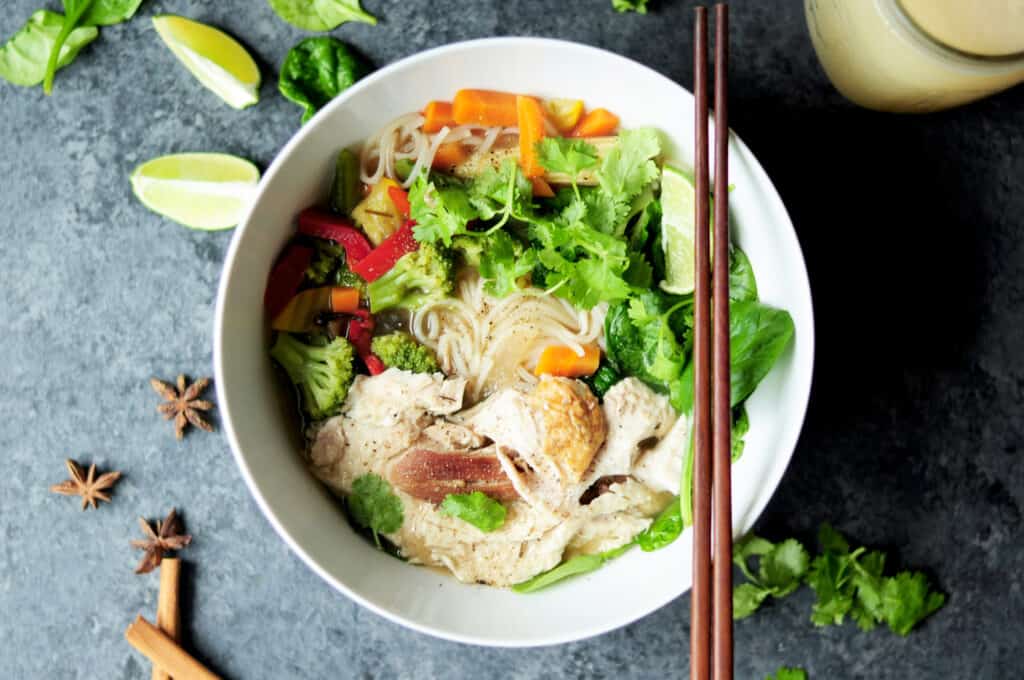
Knowing those patterns and recognizing the cuisine to which the ingredient belongs is essential, so make sure you avoid mixing different cultural marks in one plate. Why? Well, because they are just not meant to cross pass, historically, never were. So if you ignore this rule, adding Italian parmesan cheese on top of Chinese stir-fry or Asian fish sauce to a classical Irish beef stew for instance, this may result in a taste that is odd or even fatal.
Concluding Notes
That said, I love experimenting and highly encourage you to do so to find your own unique style and signature-winning taste combinations. Adhering to these rules should by no means limit you, but vice versa, give you guidelines and freedom of testing new waters, making it a safe experimenting journey, where you know what to do at any time – like balancing the tastes, adding more spices or restraining from the temptation to mix together everything you have at hand.
Hope you enjoye reading it as much as I enjoyed writing. If this was useful and insightful, please, share comments, and I’ll be sure to share more such tips with you. Happy cooking!


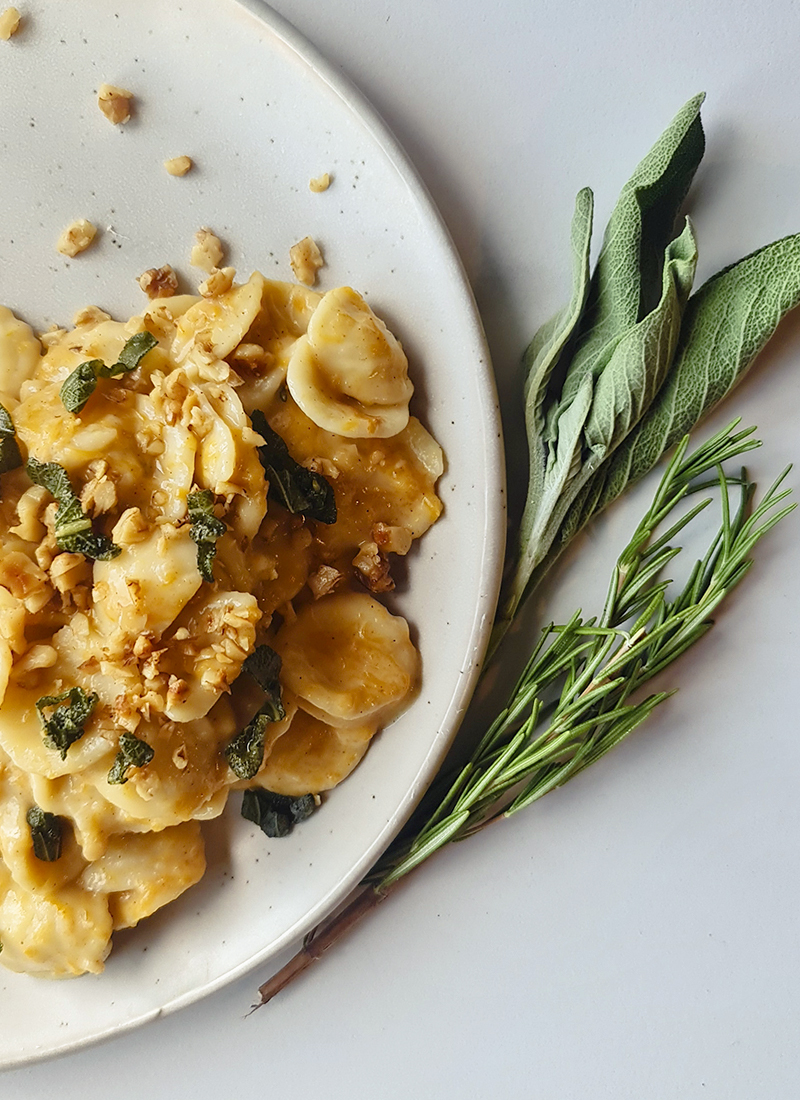


Leave a Reply